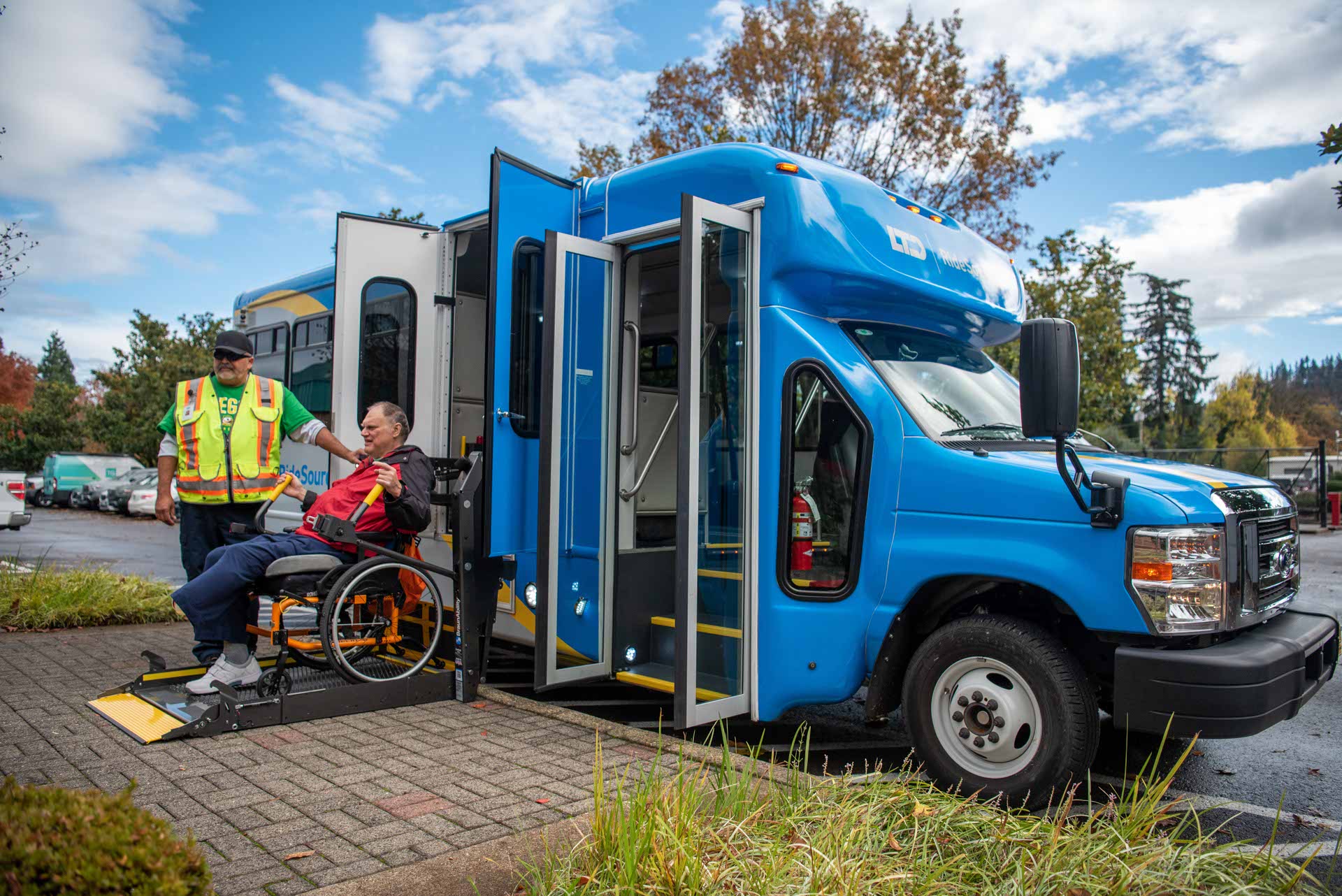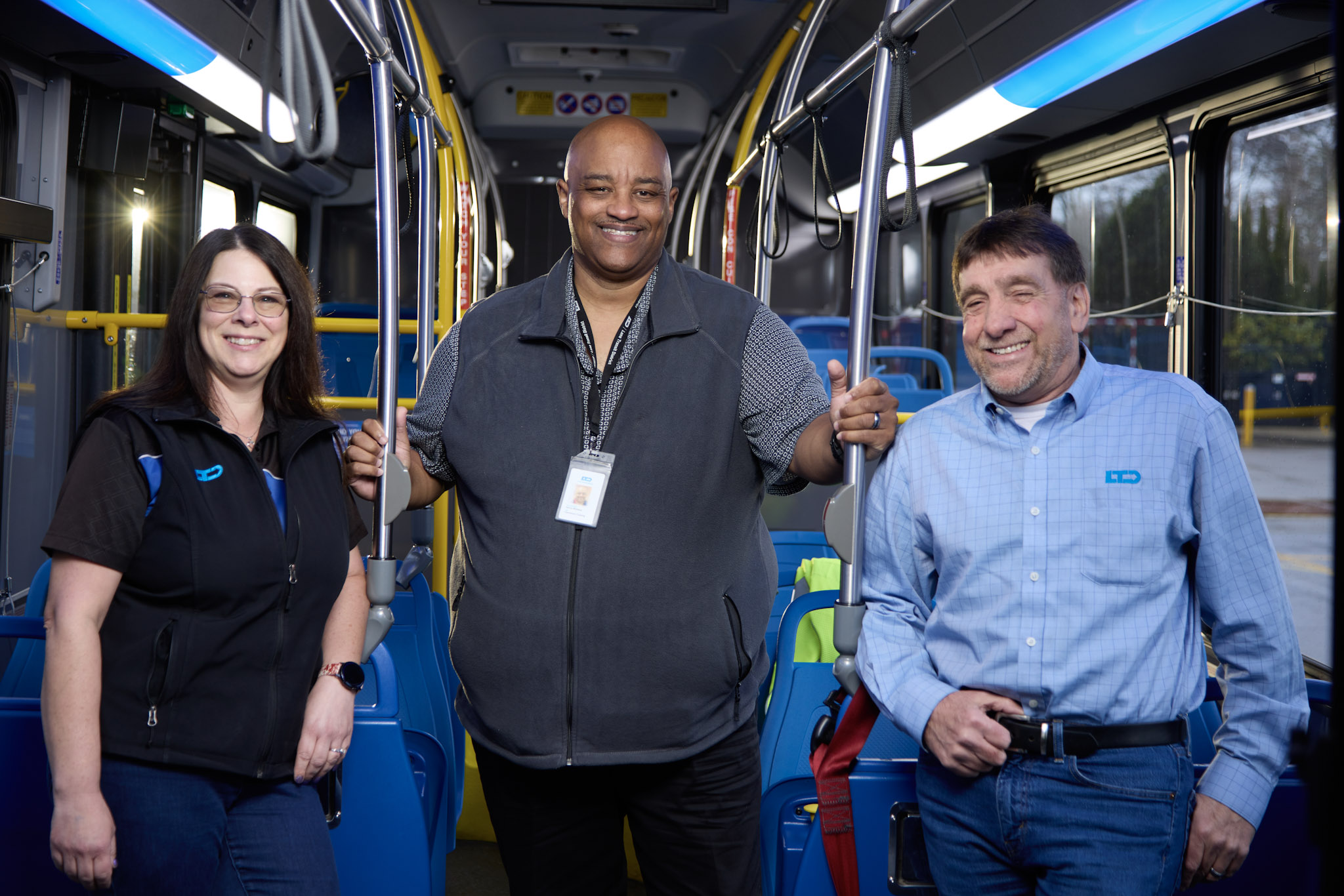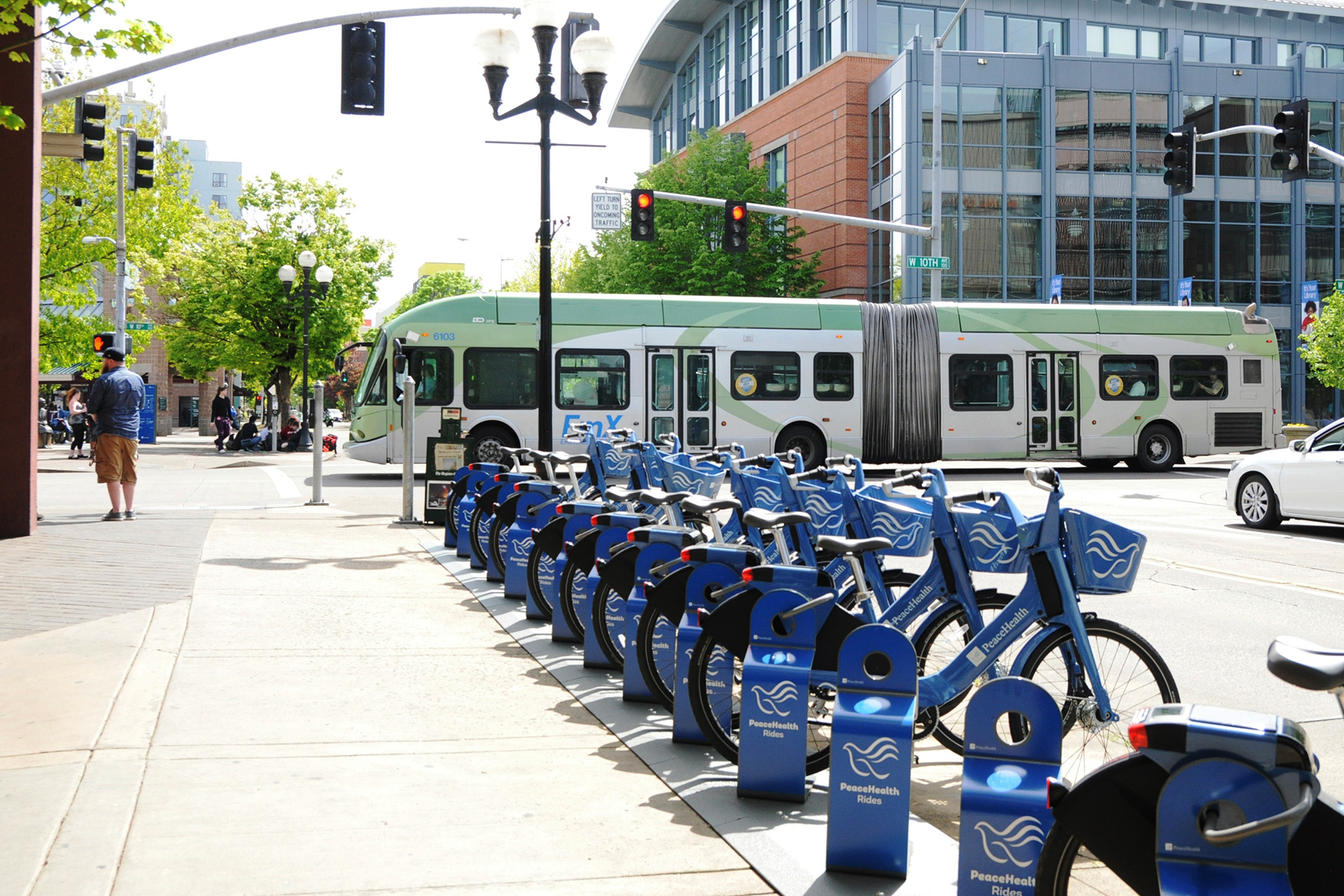Lane Coordinated Transportation Plan
Date Created:
November 2025
Budget:
$120,000

Tell Us What You Think
The Lane County Coordinated Transportation Survey is available now through January 31, 2026. Your feedback will help shape the updated plan and ensure transportation services in Lane County are accessible, effective, and equitable.
What will this plan do?
The Lane Coordinated Public Transit–Human Services Transportation Plan (Coordinated Plan) guides how Lane Transit District (LTD) and community partners coordinate and improve transportation services for older adults, people with disabilities, and others with limited access to transportation in Lane County.
LTD is currently updating the Coordinated Plan to ensure it reflects the community’s current needs, priorities, and opportunities. This update will build on previous versions of the plan (2007, 2009, 2013, and 2019) and respond to changes in technology, funding, mobility options, and community priorities.
The updated plan will help strengthen connections to health care, education, employment, and other essential services — supporting independence and quality of life for people of all ages and abilities.
Budget
The Coordinated Plan update is funded with $120,000 in LTD General Funds.
These funds support project management, community engagement, data analysis, and preparation of the updated plan for adoption by the LTD Board of Directors.
Outcomes & Community Impact
The updated Coordinated Plan will:
- Identify transportation needs and priorities for older adults, people with disabilities, and individuals with limited transportation options.
- Improve coordination between transit providers, human service agencies, and local governments.
- Guide funding decisions and future grant applications for mobility and access programs.
- Promote equitable access to essential services across Lane County.
- Strengthen the link between public transportation, public health, and quality of life.
By bringing together riders, service providers, and community partners to build relationships and identify solutions, the planning process will have a lasting value that makes transportation work better for everyone.
Tell Us What You Think
LTD wants to hear from you!
As part of the Coordinated Plan update, LTD will be talking to community members throughout Lane County about what is and is not working about our transportation system. This includes general public engagement and focused outreach with older adults, people with disabilities, and human service organizations.
Your feedback will help shape the updated plan and ensure transportation services in Lane County are accessible, effective, and equitable.
What We Heard
Check back for updates throughout the project for summaries of community input.
Status Updates
LTD and its project partners are in the process of updating the Coordinated Plan, with community engagement and drafting underway.
New information, draft documents, and summaries of community feedback will be posted here as they become available.
Timeline & Milestones
| Timeline | |
|---|---|
| Project Kickoff | September 2025 |
| Public Engagement | Fall 2025 – Spring 2026 |
| Draft Plan Development | Fall 2025 – Spring 2026 |
| LTD Board Review and Adoption (Target Date) | June 2026 |
Stay Informed & Involved
Stay up-to-date on the Coordinated Plan update process!
Subscribe below to receive project updates, event invitations, and opportunities to review draft materials and share feedback.
Contact Information
For questions or comments about the Lane Coordinated Plan update, please contact:
Brandon Melton Senior Planner
Email: Brandon.Melton@LTD.org
Related Documents & Board Actions
Links to previous plan documents, reports, and future Board actions related to the Coordinated Plan update will be posted here when available.



